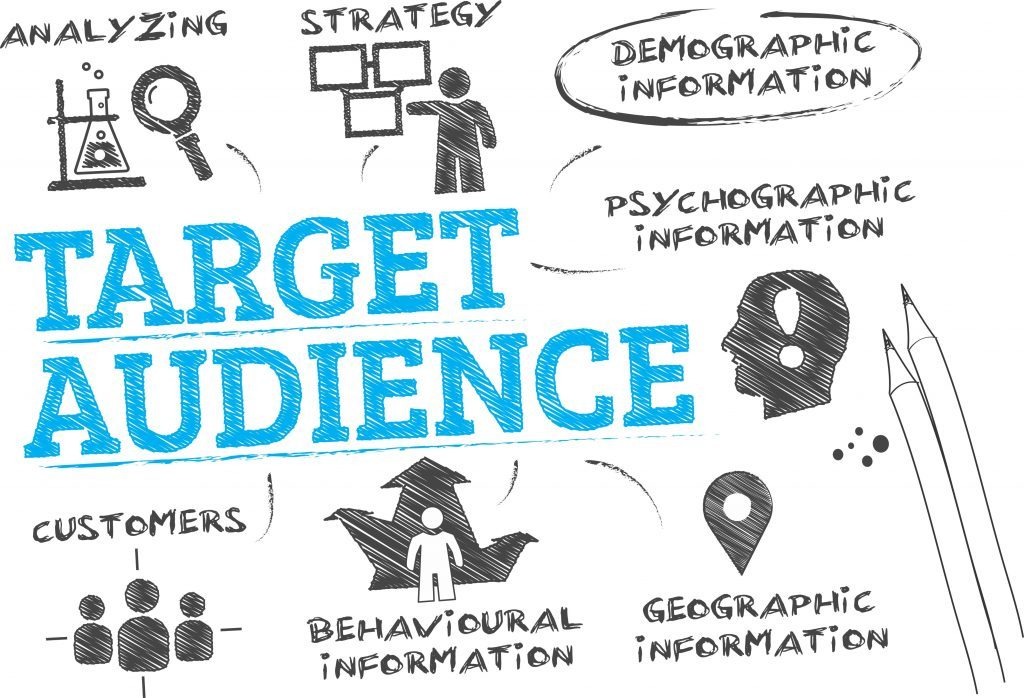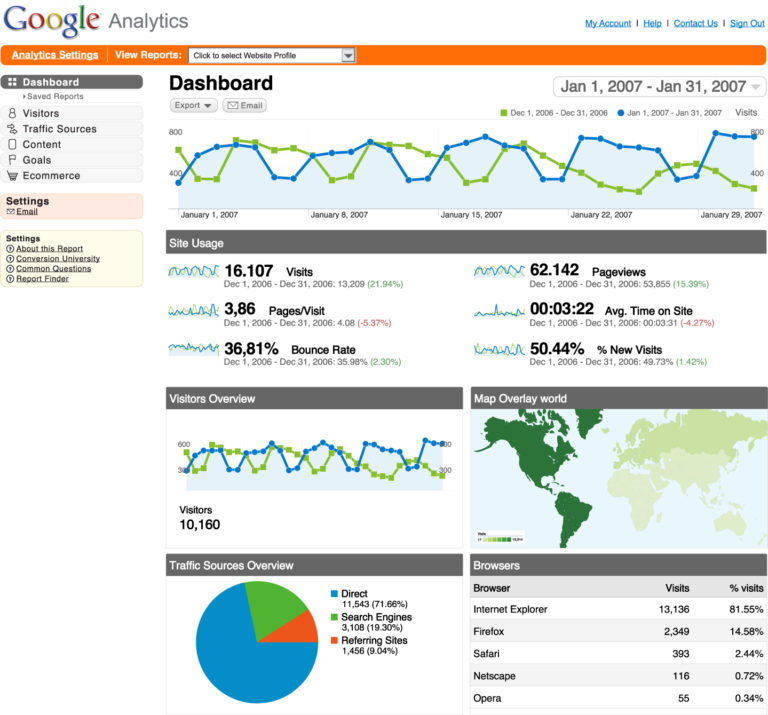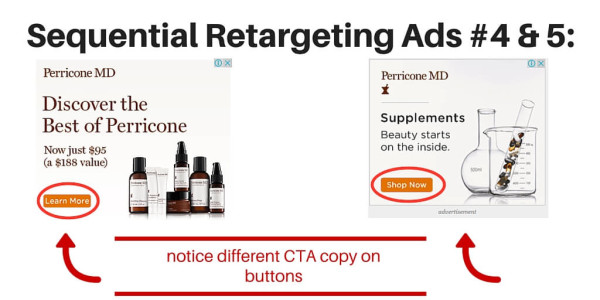“A brand is worthless if it doesn’t connect with the right audience in a relevant way.”
The audience is the only and foremost aim to run any business campaign or strategy. All the promotions and advertising done by the brands is just to get the right and relevant audiences which can turn into sales and leads. Nothing can optimize the success of your business more than effectively targeting online and offline communication platforms. Whether you’re working for a B2B or B2C business, your products and services offer a solution to specific audience needs. It doesn’t matter how much traffic visits your website or how many social followers you have unless you’re reaching those whose needs can be addressed by your products. Targeting the right audience is the most important task in any business. Unwanted audiences that are not targeted may boost your company’s ego, but ultimately they will not convert sales. In order to drive the right traffic to your online website or store and increase sales, you first need to determine what a qualified audience is for your brand. You need to define who they are, what they value and how they use each channel at the various stages of their purchase journey, from interest and validation through to decision and advocacy. Through the following ways, you can identify and engage the right audience with digital marketing.
1) Figure out and learn what is important for your audience.
As a marketer or businessman, both run on data. You can determine and analyze the number of audiences that you can target through the many digital marketing tools like Google Analytics, Webmaster and much more. These tools can help you to target the right audience and functionalize their course of action.
In order to drive the right traffic to your online website or store and increase sales, you first need to determine what a qualified audience is for your brand. You need to define who they are, what they value and how they use each channel at the various stages of their purchase journey, from interest and validation through to decision and advocacy. Through the following ways, you can identify and engage the right audience with digital marketing.
1) Figure out and learn what is important for your audience.
As a marketer or businessman, both run on data. You can determine and analyze the number of audiences that you can target through the many digital marketing tools like Google Analytics, Webmaster and much more. These tools can help you to target the right audience and functionalize their course of action.
 For example, Google Analytics and Search Console can tell you how people find your store and what they do upon arriving. Facebook Insights and Ad Manager can tell the age, location, relationship status, interests and behaviors of your fans and customers. Social media listening tools can tell us what customers think about our company and products, and what other topics are interesting to them. Use these tools to unearth insights about your audience’s demographic and psychographic profiles to gain a better understanding of what is most important and interesting.
For example, Google Analytics and Search Console can tell you how people find your store and what they do upon arriving. Facebook Insights and Ad Manager can tell the age, location, relationship status, interests and behaviors of your fans and customers. Social media listening tools can tell us what customers think about our company and products, and what other topics are interesting to them. Use these tools to unearth insights about your audience’s demographic and psychographic profiles to gain a better understanding of what is most important and interesting.
 2) Know your organic Keywords
Keywords play a big role in your campaigns. Organic search is typically the largest source of traffic for any website. It’s important to understand not only what terms are bringing audiences to your website, but why those terms are being used and what stage those audience members are in. By identifying the relevant search terms and the user intent behind them, you can develop informational as well as entertaining content to better address your audience’s need. Informational content is often found in blog posts, FAQs, learning centers or resource sections.
2) Know your organic Keywords
Keywords play a big role in your campaigns. Organic search is typically the largest source of traffic for any website. It’s important to understand not only what terms are bringing audiences to your website, but why those terms are being used and what stage those audience members are in. By identifying the relevant search terms and the user intent behind them, you can develop informational as well as entertaining content to better address your audience’s need. Informational content is often found in blog posts, FAQs, learning centers or resource sections.
 3) Talk to your Audience
You need to realize the audience will only consider you if you can read their minds and talk the way you want. If your audience is interested in the latest music, you need to talk about music only rather than any science fiction or something else. Simply using social media listening tools or manual monitoring of social media conversations can reveal your audience’s common dialect and interests.
4) Use Social Media ads to promote your website and content
Creating great content is a great way to strengthen and expand your business presence, but it won’t give results if no one can find it. Social media platforms like Facebook Ads and Twitter Ads are invaluable tools for your website and content promotion. Both allow you to reach a large, highly targeted audience who are likely to respond positively to your brand. Using Facebook Ads, you can also target people who like similar products and companies to your own, helping you reach a highly responsive audience. Twitter’s ad platform even lets you target the audiences of specific brands and people.
3) Talk to your Audience
You need to realize the audience will only consider you if you can read their minds and talk the way you want. If your audience is interested in the latest music, you need to talk about music only rather than any science fiction or something else. Simply using social media listening tools or manual monitoring of social media conversations can reveal your audience’s common dialect and interests.
4) Use Social Media ads to promote your website and content
Creating great content is a great way to strengthen and expand your business presence, but it won’t give results if no one can find it. Social media platforms like Facebook Ads and Twitter Ads are invaluable tools for your website and content promotion. Both allow you to reach a large, highly targeted audience who are likely to respond positively to your brand. Using Facebook Ads, you can also target people who like similar products and companies to your own, helping you reach a highly responsive audience. Twitter’s ad platform even lets you target the audiences of specific brands and people.
 5) Retarget your audience
When audiences reach your website early in their purchase journey whether they come from many mediums like keyword search, guest blog post link, display ad or any other means, they’re likely not going to make a purchase in that visit. That can be expected and it’s okay. You can remain in the consideration phase and bring those visitors back to your store through retargeting efforts.
5) Retarget your audience
When audiences reach your website early in their purchase journey whether they come from many mediums like keyword search, guest blog post link, display ad or any other means, they’re likely not going to make a purchase in that visit. That can be expected and it’s okay. You can remain in the consideration phase and bring those visitors back to your store through retargeting efforts.
 There are numerous digital channels offer retargeting campaign options. You can use AdWords to run search retargeting, Google Display Network or a DSP, or Facebook for retargeting on the desktop and mobile devices. Knowing who your audience is and what channels they use will help you decide what the best channels are for your retargeting initiatives. The list of integrations above is helpful for determining channel ROI from advertising efforts and can be a great starting point in figuring out where retargeting might most make sense for your brand.
Gaining a deep understanding of who your audiences are and what motivates them will help you define a more qualified audience. Only then can you use digital marketing channels to reach that audience, and drive higher quality traffic, improve on-site engagement and, most importantly, increase sales.
There are numerous digital channels offer retargeting campaign options. You can use AdWords to run search retargeting, Google Display Network or a DSP, or Facebook for retargeting on the desktop and mobile devices. Knowing who your audience is and what channels they use will help you decide what the best channels are for your retargeting initiatives. The list of integrations above is helpful for determining channel ROI from advertising efforts and can be a great starting point in figuring out where retargeting might most make sense for your brand.
Gaining a deep understanding of who your audiences are and what motivates them will help you define a more qualified audience. Only then can you use digital marketing channels to reach that audience, and drive higher quality traffic, improve on-site engagement and, most importantly, increase sales.






